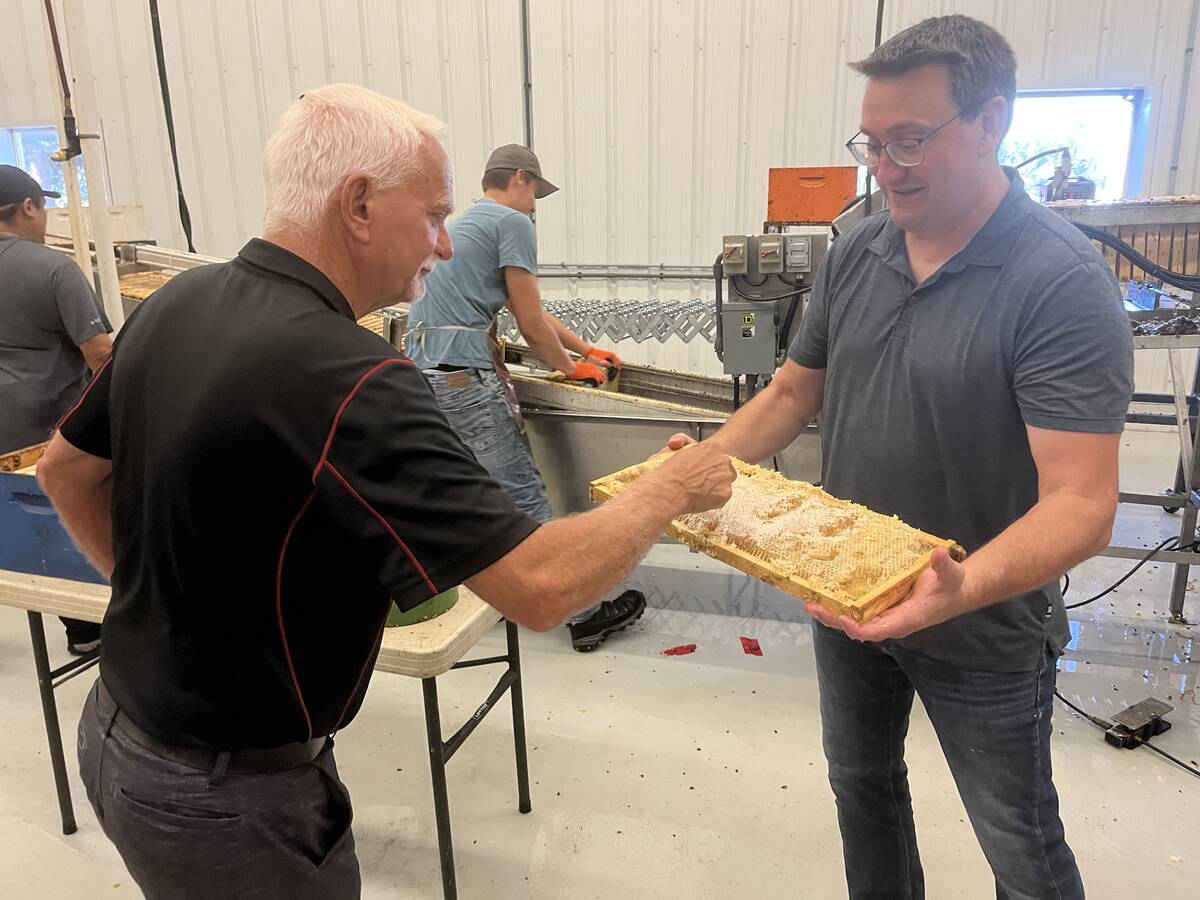In a recent column, I wrote about court judgments and said that in some situations court cases were the only place to find the law, as there is no legislation on the subject. As an example, I gave the liability one faces when spray drifts onto your neighbour’s land. While no province has passed legislation establishing such responsibility, the courts have nevertheless imposed it.
Several readers asked me to give examples of where this has occurred.
First, some general principles. If you bring a dangerous substance onto your land and it escapes, you are liable for damages that occur. Similarly, non-natural use of land that causes damage to a neighbour also leads to liability. What is a dangerous substance and what constitutes unnatural use are matters of debate among judges, lawyers and legal scholars.
Read Also

Alberta honey business ‘thrives’ despite bumpy beginnings
Thrive Honey showcases its honey production in market where Alberta produces 40 per cent of all honey produced in the country
Under the law of nuisance, any activity interfering with an owner’s use of his land also leads to liability. This rule has been applied to deal with everything from smoke and noise to odours emanating from adjoining land.
These rules have been applied in several aerial spray cases.
In two 1966 Saskatchewan cases, Mihalchuk vs. Ratke and Kwasnuik vs. Ratke, two farmers sued their neighbour for spray damage to their canola crops. Ratke had engaged an aerial sprayer to spray his barley crop with 2, 4-D. Two individuals served on the ground to guide the plane. The witnesses on behalf of Ratke indicated they saw no spray drifting.
However, several farmers and two crop scientists testified on behalf of Mihalchuk and Kwasnuik that there was damage to their crop and that “the only known cause is herbicidal drift.”
The judge concluded this was an unusual operation because the neighbours gathered to watch. He said the defendants’ operation was a special use and not a natural use of land and awarded damages to the neighbours.
In a 1973 British Columbia case, Newman vs. Convair Aviation and Savage, Savage hired Convair to spray his pea crop with Cygon 4E. Newman had a small farm bordering Savage’s and grew vegetables and fruit. While the judge concluded that Newman may have “unconsciously exaggerated” the effects, he accepted that some spray may have drifted onto Newman’s land.
Even the pilot admitted some spray may have drifted. The judge noted the spray would not cause damage to humans, vegetables or fruit though the plant products could not be consumed for three days after.
However, the judge found that the spraying constituted a nuisance and pointed out that “their duty to their neighbour is not merely to take care so as to avoid causing a nuisance. Their duty is to abstain from causing one at all.” He awarded damages of $750 and found the landowner and crop duster equally responsible.
In 1978, the Manitoba Court of Appeal, in Cruise vs. Niessen, reversed a trial judge who found liability for spray drift. Cruise complained that his flax was damaged when Niessen had his oat crop sprayed with MCPA. No one witnessed any spray drift. However, the judge found that, based on evidence, some of the damage was consistent with spray damage. He therefore found liability equally on the part of the crop duster and Niessen
On appeal, the majority of the judges found there was no evidence to support that the damage to the flax was due to spray drift. In referring to the Saskatchewan cases mentioned earlier, both the trial judge and the dissenting judge stated that aerial spraying was no longer an unusual operation.
I have not found any recent cases dealing with this issue and assume this is because greater care is taken by applicators and that problems are handled without resorting to the law.
Commercial applicators of herbicides, aerial or otherwise, are governed by provincial laws. Generally, operators must be licensed and carry liability insurance for drift damage – at least $25,000 for each occurrence in Saskatchewan.
















